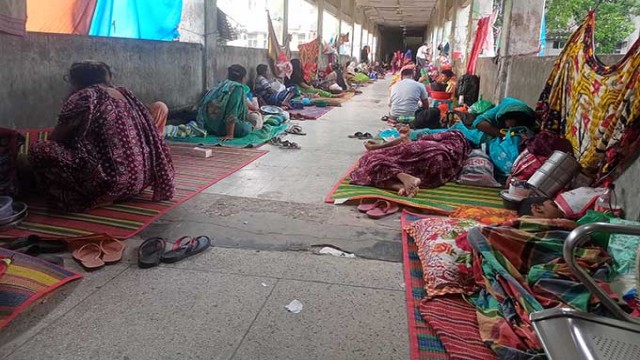
Photo: Collected
Amid a surge in seasonal viral infections, patients at Rajshahi Medical College Hospital are being treated on Floor, balconies, and stairwells as the facility struggles with a shortage of space and mounting pressure on healthcare services.
Rajshahi, Aug 15 (V7N) – A sharp rise in cases of cold, fever, sore throat, and cough is overwhelming government hospitals across Rajshahi. Medical staff report a significant uptick in patient admissions, especially in families where multiple members fall ill within days—putting immense pressure on healthcare services.
According to doctors, most cases stem from a viral flu-like infection, driven by seasonal shifts and declining public awareness. Symptoms include prolonged fever lasting 4–5 days, sore throat, mild cough, body aches, weakness, and occasional shortness of breath. Many families are seeking medical attention from up to two or three members on the same day, straining resources at hospitals and clinics.
Hospital assessments indicate patients are suffering from a mixture of illnesses such as COVID-19, dengue, chikungunya, typhoid, and general viral fever. Doctors suspect it’s a seasonal virus compounded by respiratory infection—mirroring past patterns in Rajshahi, where such illnesses spike amid fluctuating weather and inadequate prevention measures.
Beyond public hospitals, many patients are treated at home through advice from pharmacies, telemedicine, or phone consultations with known doctors—adding to the challenge of accurately tracking case numbers. This hidden burden makes public health management more complicated, as officials lack visibility into the full extent of infections.
Individual cases reflect this trend. Saiful Islam, from the suburban area, has battled fever, body ache, and cough for three days. “My younger sister is also sick with fever. We can’t go outside. A doctor I know advised rest, saying it's a viral fever that would pass with time.” Similarly, Jabed Hossain from Bhadra and his family are all affected. “It started with me, followed by my wife and son. Symptoms are the same. We’re weak and have been homebound. I’m relying on advice from a relative doctor.”
At Rajshahi Medical College Hospital, even schoolteacher Shahadat Hossain noted that his fever began after his wife and daughter fell ill. “I initially tried home remedies, but when it worsened, I came to the hospital. Many others here are in the same situation.”
A senior physician in the medicine department observed: “Over the last two weeks, we’ve repeatedly treated family members—one falls sick, and within 24 to 48 hours, others follow, with similar symptoms. We’ve had at least 10–12 such households in a week.” This pattern indicates a highly infectious virus amid seasonal respiratory challenges.
Doctors also note increased confusion among patients about dengue and chikungunya. Dengue typically presents with headache, pain behind the eyes, diarrhea, and abdominal pain. Chikungunya often causes severe joint and muscle pain, sometimes with rash. Experts advise patients to avoid self-medication without proper testing.
Environmental shifts—like sudden heat followed by rain—are triggering these outbreaks. Rural areas affected by flooding are seeing more water-borne illnesses such as typhoid and gastrointestinal issues, often leading to more complications.
Most seasonal viral fevers require minimal medical intervention. Over-the-counter remedies like paracetamol, rest, and hydration are often sufficient. Antibiotics are not recommended without a clear bacterial diagnosis, as misuse may do more harm than good.
Key Points:
Seasonal spike of viral illness hitting Rajshahi, marked by fever, cough, sore throat, body aches.
Healthcare system strained, with multiple family members often ill simultaneously.
Hidden burden due to home treatment and telemedicine, undermining accurate tracking and planning.
Need for careful diagnosis amidst fears of dengue, chikungunya, and COVID-19 overlap.
Public health recommendation: rest, hydration, and medical consultation only when symptoms escalate; avoid unnecessary antibiotic use.
END/MRA/SMA/




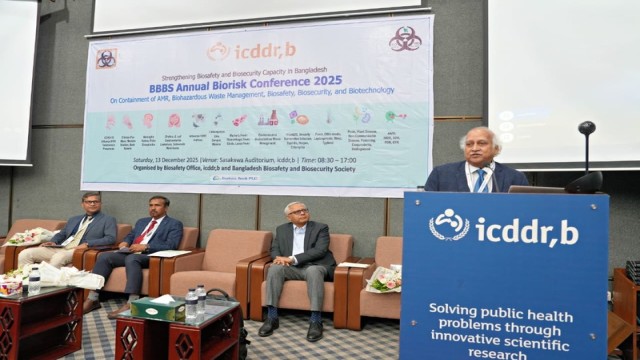
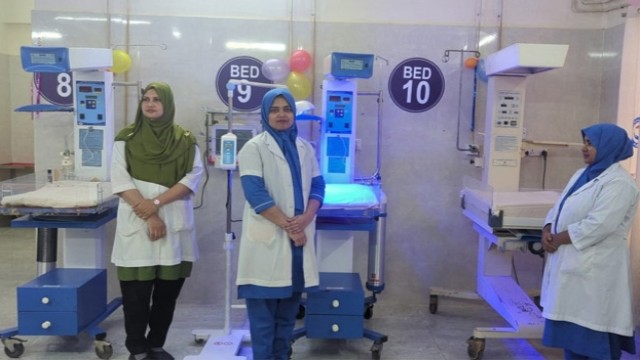
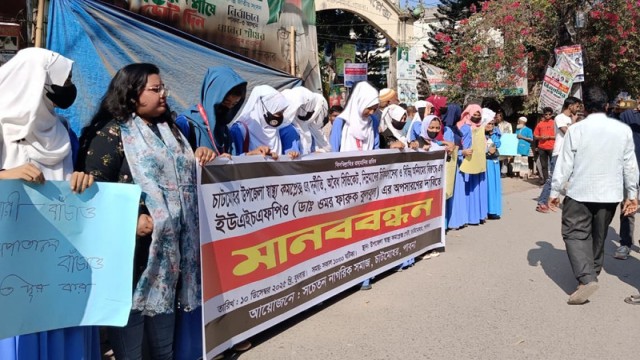
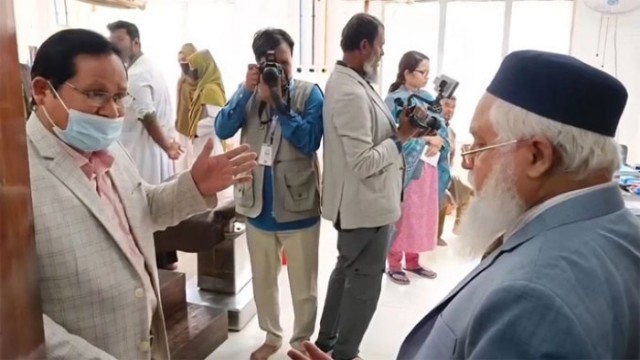
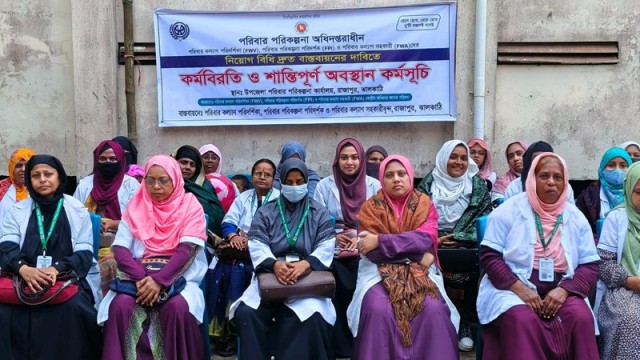
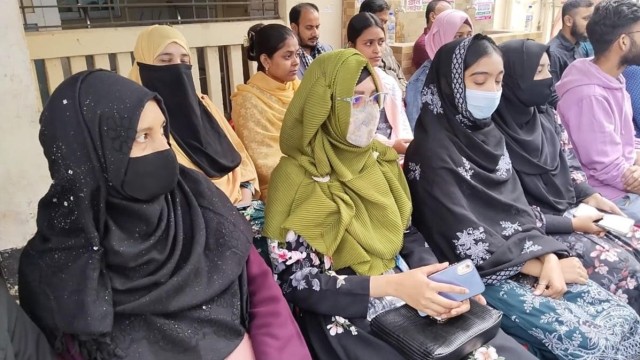
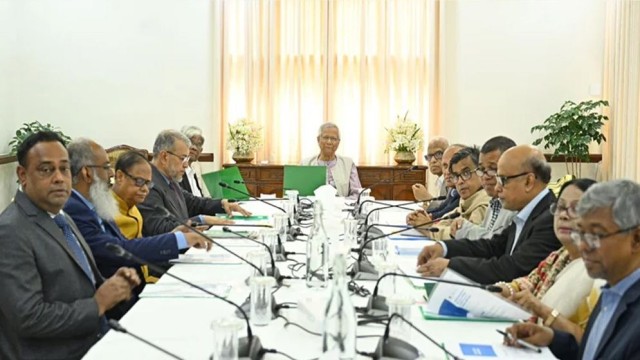
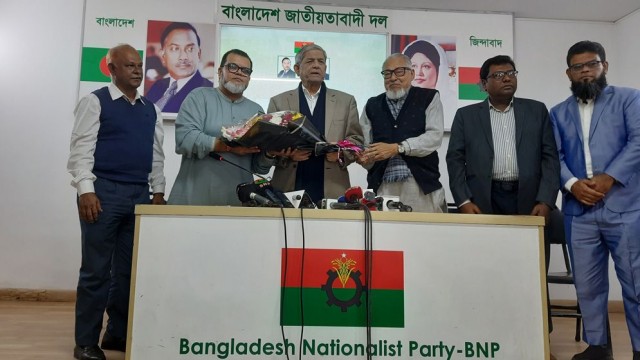


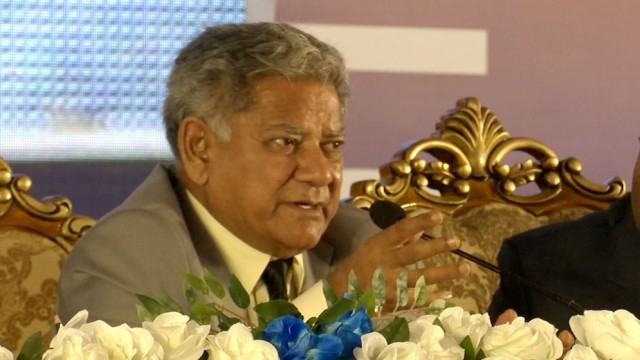
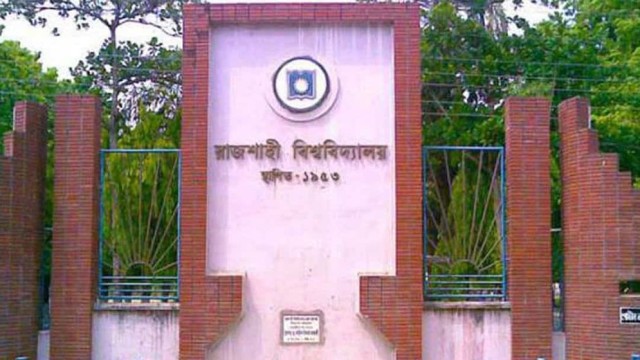

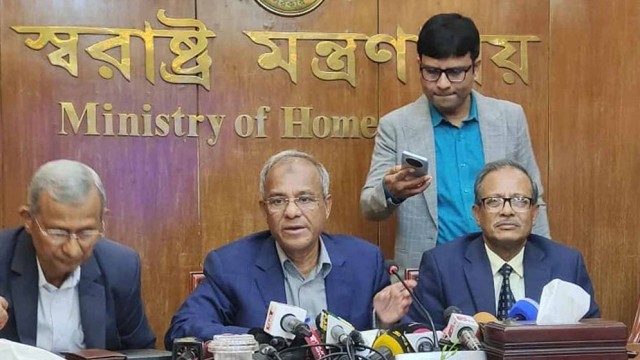
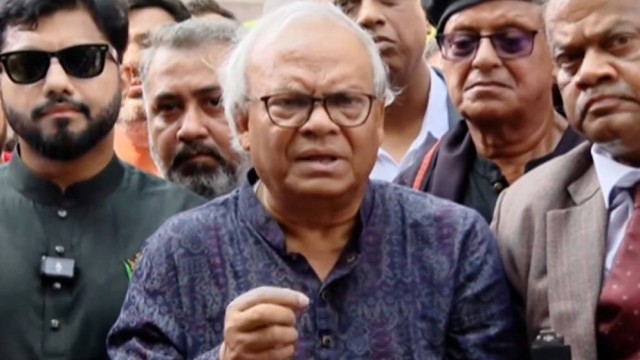
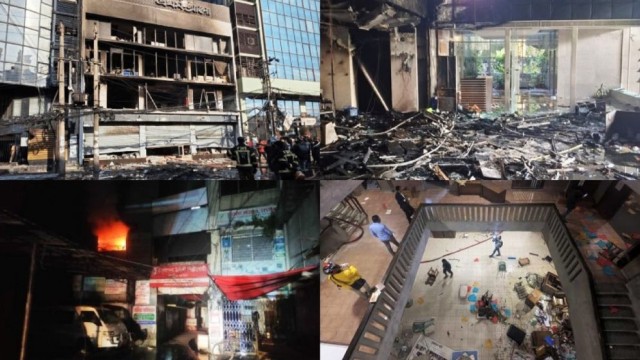


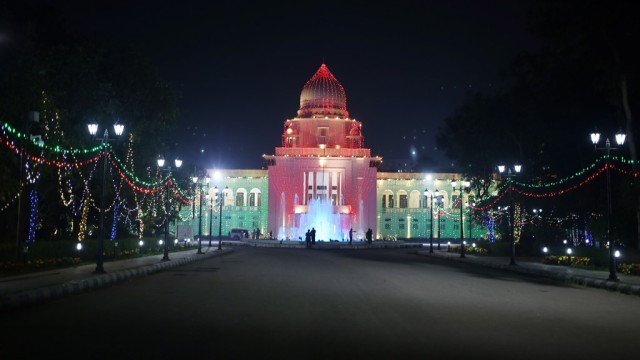
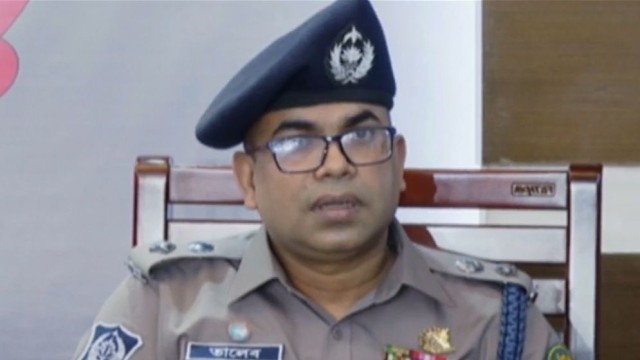



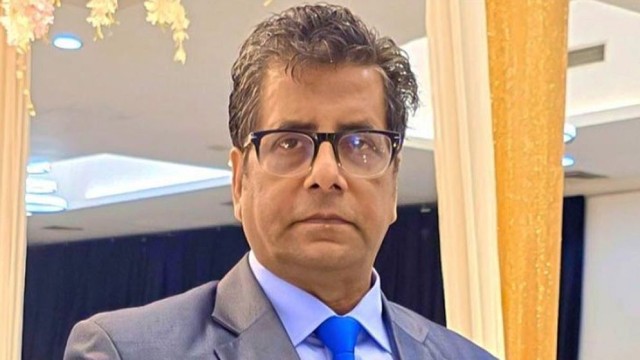
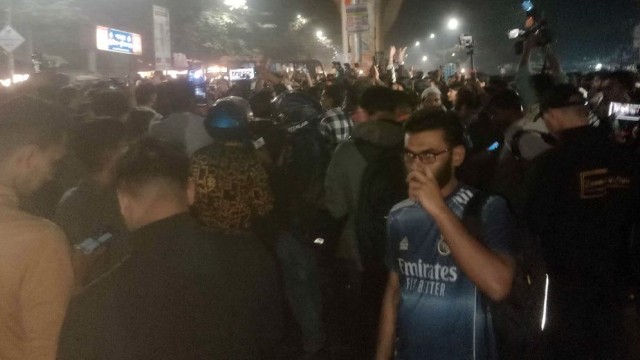
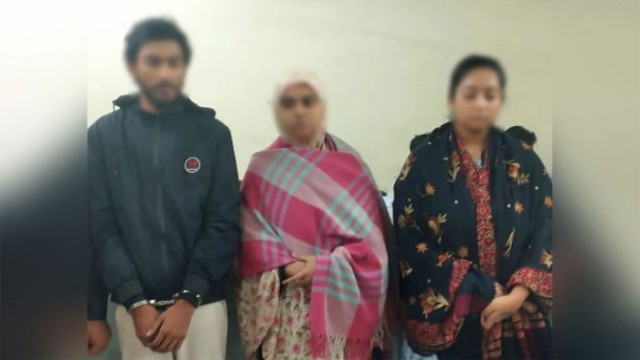
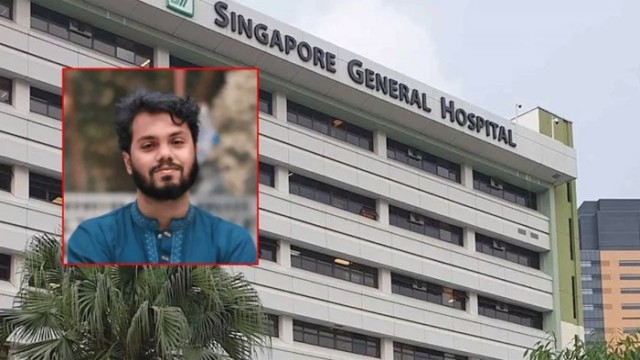
Comment: